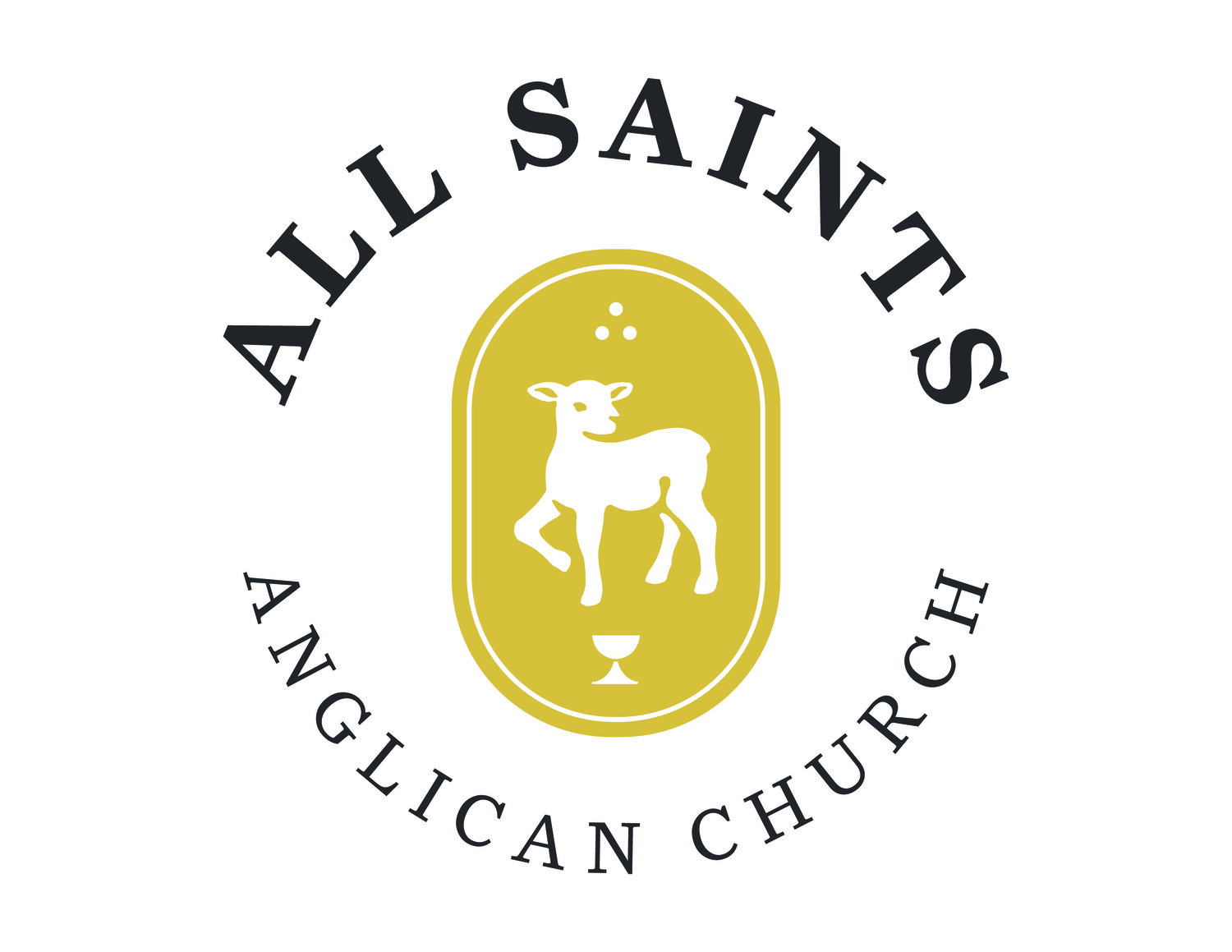Advent means something like “arrival” or “appearing.” It comes from the conjunction of two Latin words: “ad” (at, to, towards) + “venire” (to come). And so when the church speaks of this “Season of Christ’s Advent”, we do so with an eye to both his first and second comings. The life of the Church is in the “middle ages” emboundaried by Christ’s appearing.
Thus, Advent is a season of waiting: we wait for Christmas and we wait for the Second Coming. Drawing-on a conversation from yesterday’s adult Sunday School class, I want to qualify the nature of Christian waiting —it is not mere waiting in the abstract. It is not like the “waiting for Godot” of the hopeless soul in which there’s “nothing to be done” —so profoundly captured by Samuel Beckett. No, though Christian waiting at times feels abstract and meaningless (one thinks of the darker portions of the Passion readings of Good Friday, and of the moments in life where we feel the words of Psalm 44 embodied in our experience), the reality is that our waiting is qualified by the Person on whom we wait.
In particular, I want to consider “glory” as a thing that shapes the quality of Christian waiting. The Nicene Creed teaches us that Christ will not merely come again, but that “He will come again in glory…” And this word “glory” is more than an imaginative lacquer applied to the otherwise dull and rasping theology of the creeds. It is substantial.
In the first chapter of Acts the Angels meet the disciples on the mount of Ascension and proclaim to them that “[…] this same Jesus, who has been taken from you into heaven, will come back in the same way you have seen him go into heaven” (v.11). And what way was that? The answer lies in verse 9: “being taken-up” and “covered by clouds”. This to us may seem like a description of weather or perhaps of the atmosphere. Perhaps it is those things. But it is not primarily those things. It is first of all a repetition of Sinai imagery, of a Mountain covered by smoke and fire, by the glory cloud of Yahweh (Ex. 24.16-18). It is also a fulfilment of Daniel imagery, for Christ is the Son of Man who comes to his father on clouds of glory (Dan. 7.13) —that is, in fact, where Christ is going in the ascension. It is also a demonstration of the power of the Lord who moves in storm clouds (Ps. 50.3; Nah. 1.3).
The glory of the one on whom we wait, both in the memory of the Nativity AND in the hope of the Second Coming, is the glory of the God of Israel. If the clouds of the ascension and the Second Coming are Sinai clouds, then the One who returns to “judge the living and the dead” is the Lord of Sinai and the giver of the Law. And if these clouds are the clouds of Daniel’s vision, then Christ is the Son of Man who is presented before the Ancient of Days. And if these clouds are the smoking tempestuous clouds of the Psalms and Prophets, then Christ is the God on whom the hopes of both singer and seer rested, the Holy One of Israel. Our is the living God who has made himself known in history.
A part of the hopelessness in the waiting of Vladimir and Estragon is that they don’t know Godot, nor do they quite fully know that for which they wait.** It is “nothing very definite” and “a vague supplication.” The one on whom they wait avoids identification and the vitality of personhood. The whole play is permeated with a lack of individuation and a sense of uncertainty begotten of the inability to remember (I think in particular of the dialogue between Didi and the Boy in Act II). Even that which comes to be known in the course of the play is troubled by collapsing forgetfulness. For how can we know if we cannot remember?
Not so for Christ, whose appearing brightens the mind, fulfills promises, burnishes memory, satisfies hope, and clarifies identity. He has more than a name, he has a Name tethered to narrative and living Word. The glory of the one on whom we wait is more than a quality of being (e.g. “God is glorious”), though that is true. That glory connects and identifies God with the story of his people. On whom do we wait? On that God, who’s a part of that story, who saved that people, who ascended in that manner, and who will come again in this way. This is our God, and we have waited on him (Is. 25.9).
**Note: I do not intend to allude here to the idea that the “Godot” of Beckett’s play is an allegorical symbol for God. Beckett himself denied such a reading. Godot in the play is a person whom we do not know and of whom even the scant knowledge we think we have is troubled and thrown to pieces by the incoherence and forgetfulness of the unfolding narrative.


